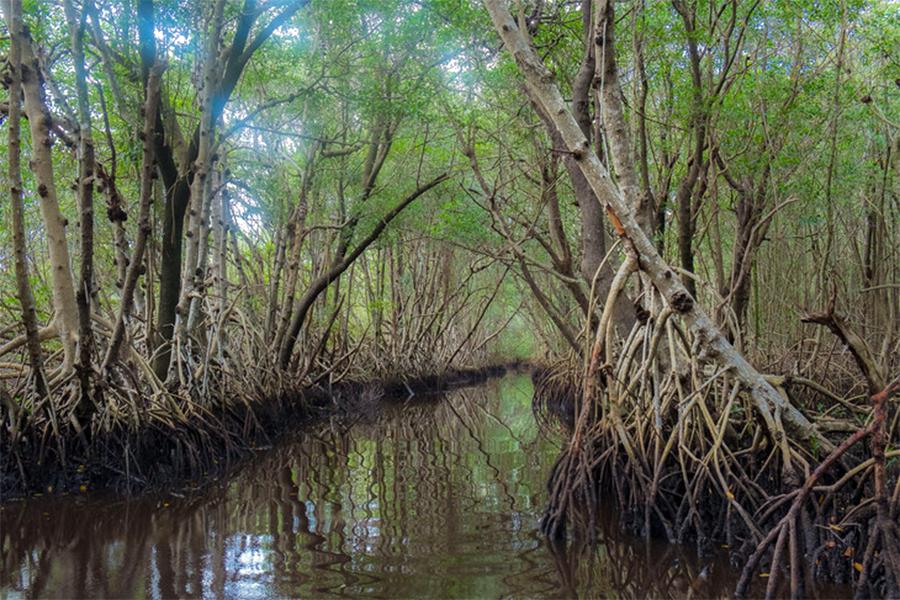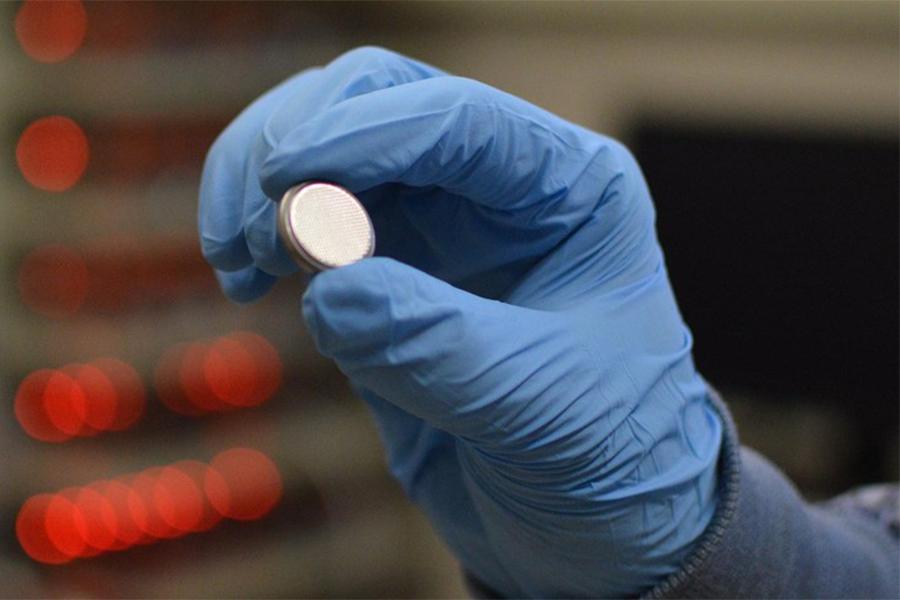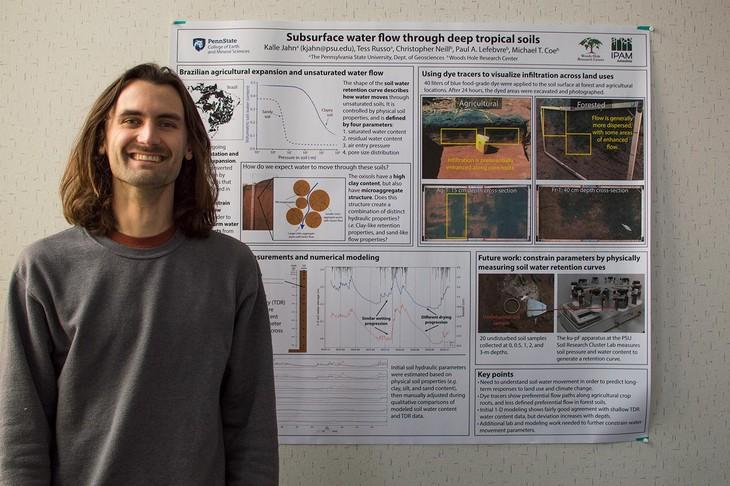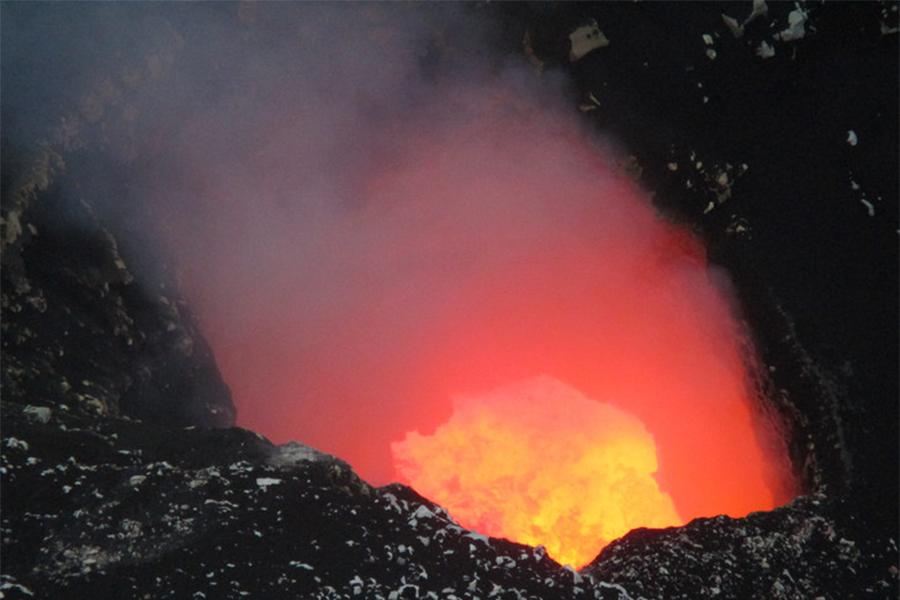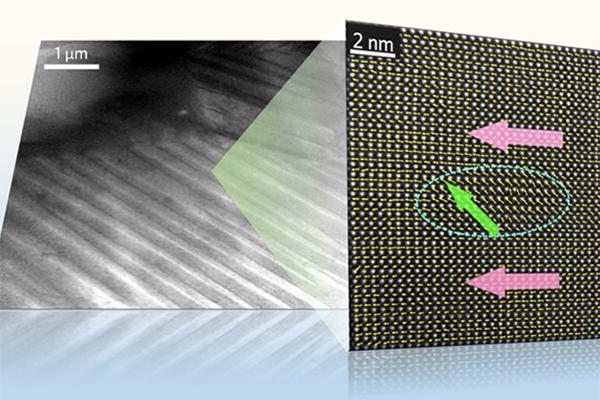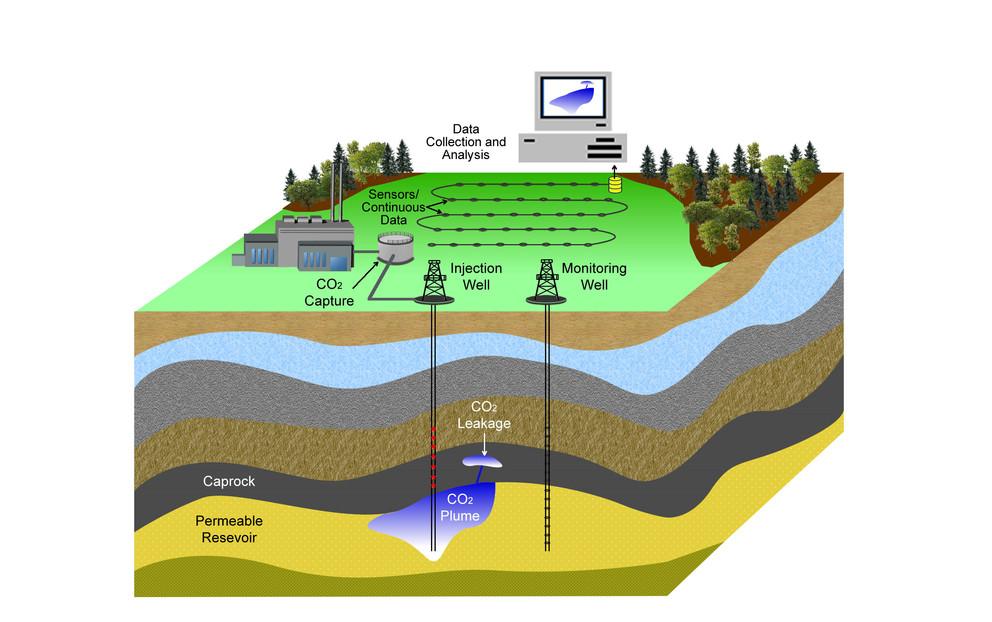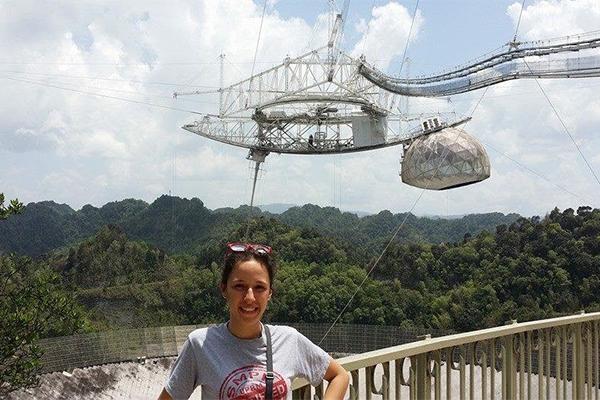Read the latest news about research conducted by investigators in the College of Earth and Mineral Sciences. Our faculty and students are continually advancing technology, creating solutions and expanding knowledge with new and innovative research.
News
Coastal waters play an important role in the carbon cycle by transferring carbon to the open ocean or burying it in wetland soils and ocean sediments, a new study shows.
A newly discovered structure of a sodium-based material allows the materials to be used as an electrolyte in solid-state batteries, according to researchers from Penn State and Pacific Northwest National Laboratory (PNNL). The team is fine-tuning the material using an iterative design approach that they hope will shave years off the time from research to everyday use.
Batteries, earthquakes, Earth science modeling, water flow and natural gas leakage — these are the research topics of the five graduate students in the College of Earth and Mineral Sciences who received honors in Penn State's 33rd annual Research Exhibition.
Using satellite imaging, Penn State researchers for the first time identified a major magma supply into a reservoir extending almost 2 miles from the crater of a volcano in Nicaragua.
Forty-one graduate students received awards for their research and creative scholarship in the 33rd annual Graduate Exhibition, held March 23 and 25 on Penn State's University Park campus. A complete list of winners is available below.
Development of a theoretical basis for ultrahigh piezoelectricity in ferroelectric materials led to a new material with twice the piezo response of any existing commercial ferroelectric ceramics, according to an international team of researchers from Penn State, China and Australia.
Open-source code developed by a Penn State graduate could improve weather forecasting and a range of other research endeavors that rely on pairing atmospheric models with satellite imagery.
Ramamoorthy Ramesh, Purnendu Chatterjee Endowed Chair in Energy Technologies in the Department of Materials Science and Engineering at the University of California, Berkeley, will discuss “Electric Field Control of Magnetism” during the 2018 Nelson W. Taylor Lecture Series in Materials Science and Engineering, held on Thursday, April 5.
Researchers from Penn State, Lawrence Berkeley National Laboratory, and the University of Texas at Austin are partnering on a new $2.5-million project to illuminate what happens to carbon dioxide during underground sequestration.
It had been five days since Hurricane Maria made landfall with Puerto Rico, and Kelly Nunez Ocasio still hadn’t heard from her father. Ocasio grew up on the island and weathered powerful storms before. Now a graduate student at Penn State studying how hurricanes form, all she could do was wait.



